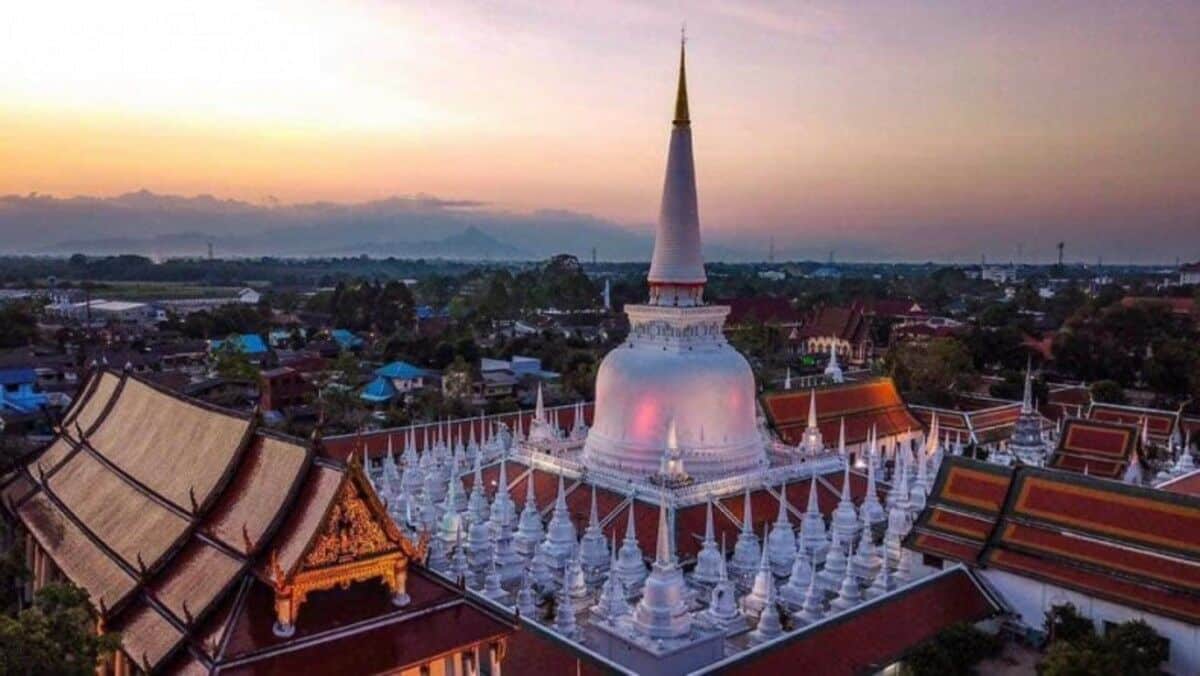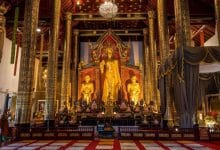Southern Thai temple seeks UNESCO World Heritage status

Natural Resources and Environment Minister Chalermchai Sri-on is set to propose that Wat Phra Mahathat Woramahawihan in Nakhon Si Thammarat receive support to pursue UNESCO World Heritage status. The proposal is expected to be presented to the Cabinet next Tuesday, January 21.
Apichat Sakdiset, the Minister’s adviser, revealed that the National Committee on the Convention Concerning the Protection of the World Cultural and Natural Heritage approved the nomination on Wednesday, January 15. The official documentation is required to reach the World Heritage Centre in Paris by February 1 to be considered for the 2025 round.
Built in the 13th century, the temple is a significant cultural heritage site that exemplifies a rich exchange of religious cultures including Brahmin-Hindu, Mahayana Buddhism, and Theravada Buddhism in maritime Southeast Asia. It has been a centre of religious activity for approximately 1,500 years, reflecting a unique blend of beliefs and its strong connection with surrounding communities.
In June 2013, the World Heritage Committee placed the temple on the tentative list of cultural heritage sites. Apichat stated that various agencies have collaborated over the past decade to advance the temple’s registration as a World Heritage site.
Achieving this status is anticipated to enhance cultural tourism, generating an estimated 500 to 750 million baht annually for local communities, tourism businesses, and the province, reported Bangkok Post.
Other significant cultural heritage sites in Thailand include Ayutthaya Historical Park. This site showcases the ruins of the ancient Siamese capital (1350–1767). It includes stunning temples, palaces, and statues. The Sukhothai Historical Park is another example which preserves the remains of the Sukhothai Kingdom (1238–1438), regarded as the birthplace of Thai art, language, and culture. The Ban Chiang Archaeological Site in Udon Thani province is an ancient settlement showcasing prehistoric evidence of early agricultural societies. The site is known for its pottery, tools, and burial sites dating back over 5,000 years.
Latest Thailand News
Follow The Thaiger on Google News:


























